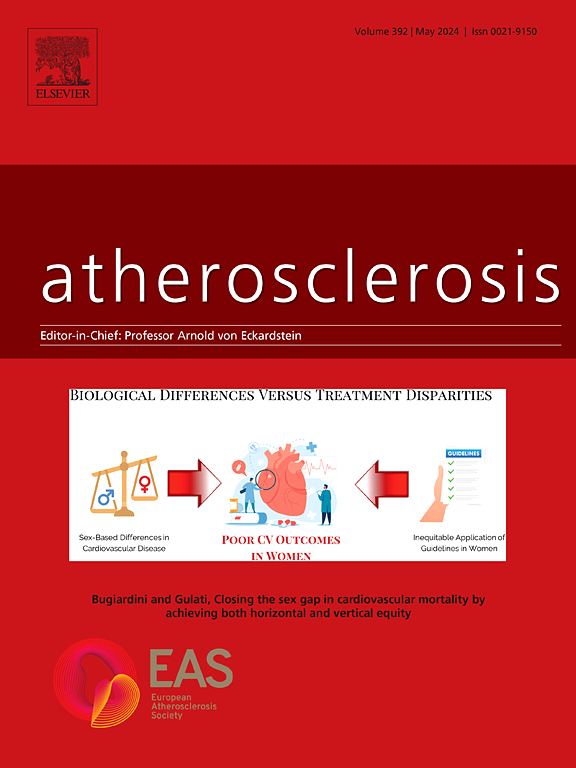Sagittal abdominal diameter: A novel and potentially superior indicator than waist circumference for diagnosis of central obesity, based on evidence from multiple data sources
IF 4.9
2区 医学
Q1 CARDIAC & CARDIOVASCULAR SYSTEMS
引用次数: 0
Abstract
Background and aims
Our previous research reported a visceral fat area (VFA) estimation equation primarily based on sagittal abdominal diameter (SAD), demonstrating favorable performance compared to traditional Waist Circumference (WC)-based equations. While WC is widely used for central obesity measurement, its accuracy needs improvement. This study aims to investigate whether SAD has advantages over WC in diagnosing central obesity and to determine the optimal cut-off values for diagnosis.
Methods
This cross-sectional, retrospective cohort study analyzed 6762 individuals from NHANES (2011–2016) and 701 from Chinese health examinations (2023). ROC curve analysis compared AUC of different indicators in identifying two or more non-adipose components of Metabolic Syndrome (MetS).
Results
SAD exhibited the strongest correlation with VFA and demonstrated the strongest associations with most metabolic parameters compared to WC and BMI. Furthermore, compared with WC, SAD had significantly higher AUC values in diagnosing two or more non-adipose components of MetS, with the difference being significant in the NHANES database population (all p < 0.001). The optimal SAD cut-off value was approximately 21.0 cm for both genders and populations, with MetS prevalence increasing rapidly at SAD≥22.0 cm. Subgroup analysis of NHANES revealed variations in optimal SAD cut-off values: Other Races (23.7 cm), Non-Hispanic Black females (18.8 cm), and other subgroups (20.0–22.0 cm).
Conclusion
SAD demonstrates higher efficacy than WC in diagnosing central obesity, suggesting its suitability for assessing central obesity. Additionally, SAD shows potential for a unified diagnostic cut-off value across genders and regions.

求助全文
约1分钟内获得全文
求助全文
来源期刊

Atherosclerosis
医学-外周血管病
CiteScore
9.80
自引率
3.80%
发文量
1269
审稿时长
36 days
期刊介绍:
Atherosclerosis has an open access mirror journal Atherosclerosis: X, sharing the same aims and scope, editorial team, submission system and rigorous peer review.
Atherosclerosis brings together, from all sources, papers concerned with investigation on atherosclerosis, its risk factors and clinical manifestations. Atherosclerosis covers basic and translational, clinical and population research approaches to arterial and vascular biology and disease, as well as their risk factors including: disturbances of lipid and lipoprotein metabolism, diabetes and hypertension, thrombosis, and inflammation. The Editors are interested in original or review papers dealing with the pathogenesis, environmental, genetic and epigenetic basis, diagnosis or treatment of atherosclerosis and related diseases as well as their risk factors.
 求助内容:
求助内容: 应助结果提醒方式:
应助结果提醒方式:


